About
About the Alliance
News and Events
Membership
Membership Types
Member Highlights
Services
Safety Assessments + Consultations
Advisor Services
Leadership and Psychological Safety Services
Training
CATALOG AND UPCOMING CLASSES
Resources
By Type
OHS Competency Tools and Framework
COR / OSSE
Getting Certified
Certification Tools & Training
Recognition & Awards
Navigation
Member Highlights:
Safety Assessments + Consultations: Air Quality Assessment, Combustible Dust Assessment, Confined Spaces Assessment, Critical Incident Response Services, Ergonomics, Machine Safeguarding Assessment, Noise Hazards | Surveys and Testing Services
Advisor Services: Safety Needs Analysis | GAP Analysis, Safety Program Support (SPS) | Safety Compliance Support (SCS)
Leadership and Psychological Safety Services: Mental Health and Wellness at Work, Leadership Training and Coaching, Respectful Workplace Support
By Type: Checklists, Guidebooks, Presentations, Quick Reference Cards, Safety Awareness Posters, Safety Videos, Templates, Toolbox Talks, Webinars
OHS Competency Tools and Framework:
Getting Certified: Steps to OSSE Certification, COR for Small Business, Safety Needs Analysis | GAP Analysis, COR / OSSE Small Business Referral Program, Certified OSSE/COR External Auditors
Certification Tools & Training: OSSE/COR Audit Tools, OSSE/COR Reference Materials, Certified OSSE External Auditor Training, OSSE/COR Internal Auditor Training
Workplace Health and Safety Topics A to Z | Resource and Training Hub
A comprehensive resource hub for manufacturing safety. Explore these curated collections of downloadable resources—including checklists, quick reference cards, and guidebooks, videos, toolbox talks, and training. Support your team with valuable training, insights, and tools for a safer work environment.

Air quality is considered an environmental determinant of health, and with that, can be either detrimental or advantageous depending on the person and the situation.

Bullying and harassment can create a poisonous work environment that hurts productivity, disrupts work, and decreases morale.
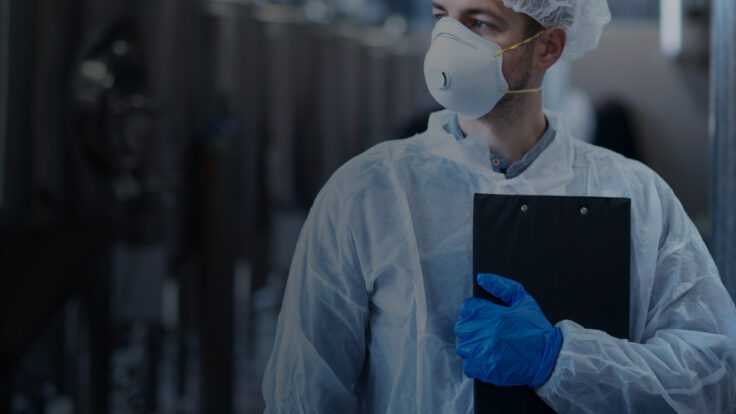
Reducing the risk of unsafe exposure (to chemicals) is the key to keeping workers, or yourself, away from harm. It is important to understand the various ways in which chemicals are harmful, or pose a risk to an employee, and how to reduce the potential for harm.

Managing workplace injury claims is crucial for protecting employees' well-being, ensuring timely medical assistance, and minimizing legal and financial risks for the company.

Combustible dust is the byproduct of any material that has the ability to catch fire and explode. Many materials are combustible, including grains, flour, sugar cornstarch, wood—and even metals.

Preventing the spread of communicable diseases requires vaccination, practicing good hygiene, maintaining social distancing, and promoting public health awareness.
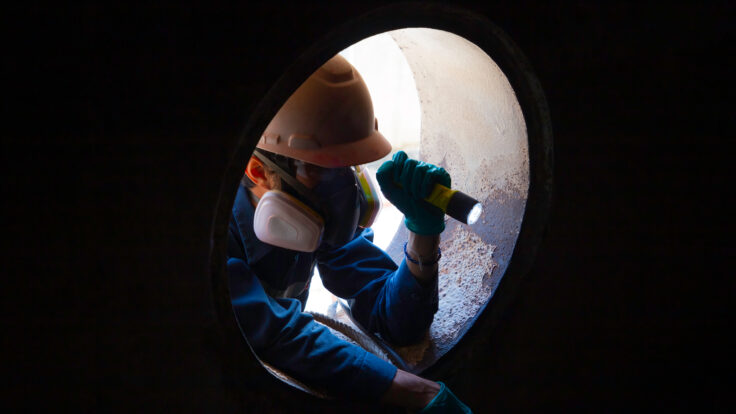
Every year, more than 100 Canadian workers are killed in confined spaces, which may contain toxic gas, insufficient oxygen, or other physical hazards.
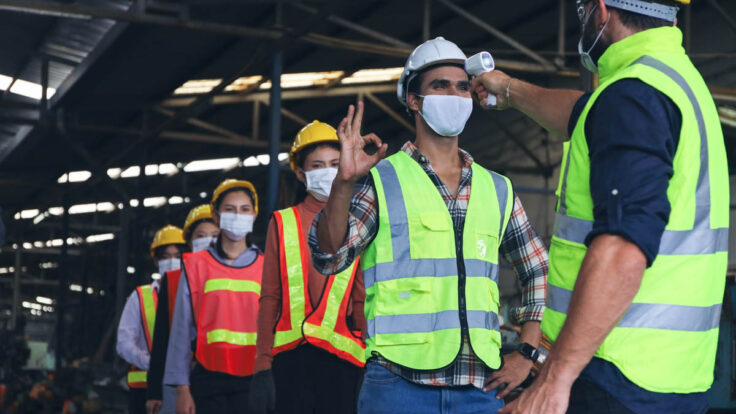
On January 7, 2022, the Public Health Officer announced that B.C. businesses are required to reactivate their COVID-19 Safety Plans. While some other restrictions have been relaxed in mid-February, the requirement for COVID-19 Safety Plans remains in place for BC businesses.

Employers are legally obligated to ensure employees are safe at work, including in any vehicle they drive while on the job. And yet, one-third of traumatic workplace fatalities (2015-19) were due to motor vehicle crashes. The driving environment is constantly changing. Road, weather, and traffic conditions can often change quickly and dramatically. Safety on the road […]

A quick and successful return to work is the best outcome not only for employers, but for injured employees as well. But do your people understand why? Start off the year on the right foot by explaining how their new duty to cooperate under the law fits into your duty to accommodate and maintain employment, and […]
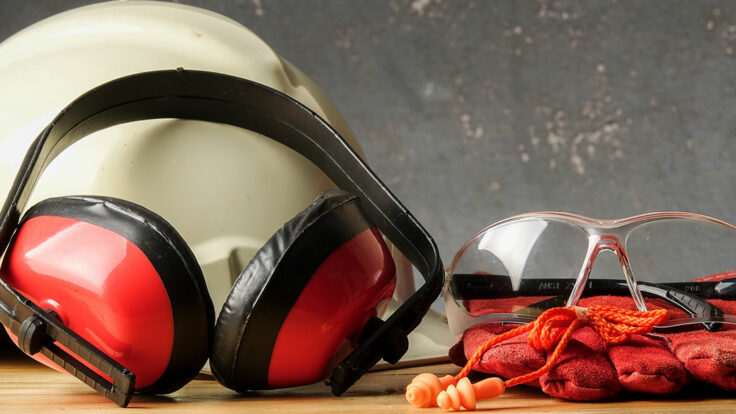
A dynamic risk assessment can help employees make decisions when they encounter situations or environments that may be unsafe. This assessment is a field practice for observing hazards, assessing risk, and analyzing the environment. Dynamic risks assessments identify hazards in the field and allow employees to make quick, but informed, decisions to remove them and […]
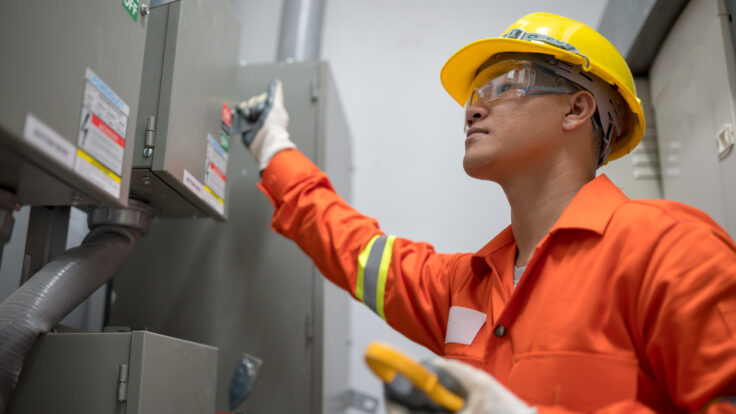
Explore multiple types of electrical hazards associated with day-to-day activities at work—including risks associated with electrically powered equipment.

Fires, earthquakes, tornadoes, floods, and power outages — whatever the emergency is — can happen without warning. Emergency preparedness ensures that when an emergency strikes, you have a plan ready to go, and are not scrambling last minute to get all your resources in order. An emergency preparedness and response plan is a document that […]
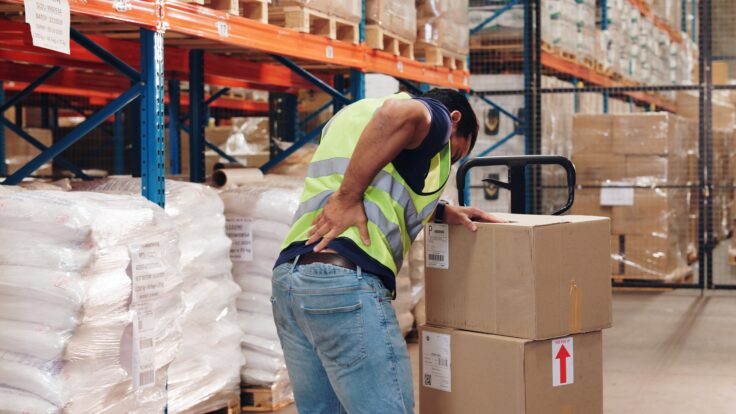
Ergonomics is the scientific discipline focused on designing and arranging environments, products, and systems to fit the capabilities and needs of people. It aims to optimize human well-being, comfort, and performance by reducing physical and mental stress. By considering factors such as posture, movement, and the interaction between humans and their surroundings, ergonomics seeks to […]
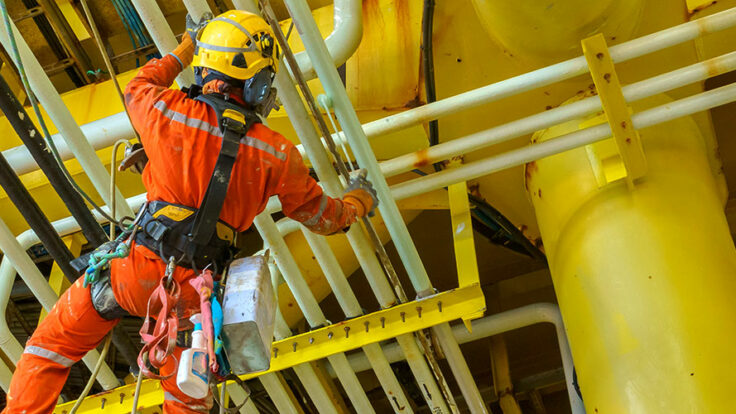
Some of the most serious workplace injuries are the result of falls from height.
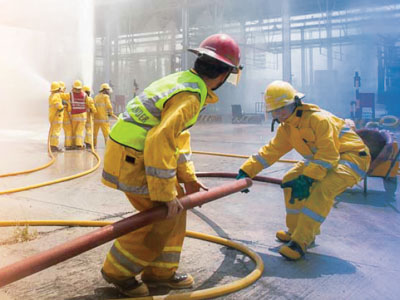
Fire safety is a very broad topic. A set of practices and policies to keep workers safe from physical harm or death starts with risk assessment and appropriate control measures. Pay close attention to fire hazards where the likelihood of a fire is high, but also in situations that may be less obvious.

Knowing how to properly assess and respond to incidents requiring first aid in the workplace—big or small—is an important step in helping ensure that people are safe.

Injured workers returning to work while still recovering require suitable work/duties and a healthy dose of support (accommodation). Both the worker and the business benefit by maintaining connections and preventing long term disability. However, the key to making this successful, and safe, is healthy collaboration between both the employer and the employee.
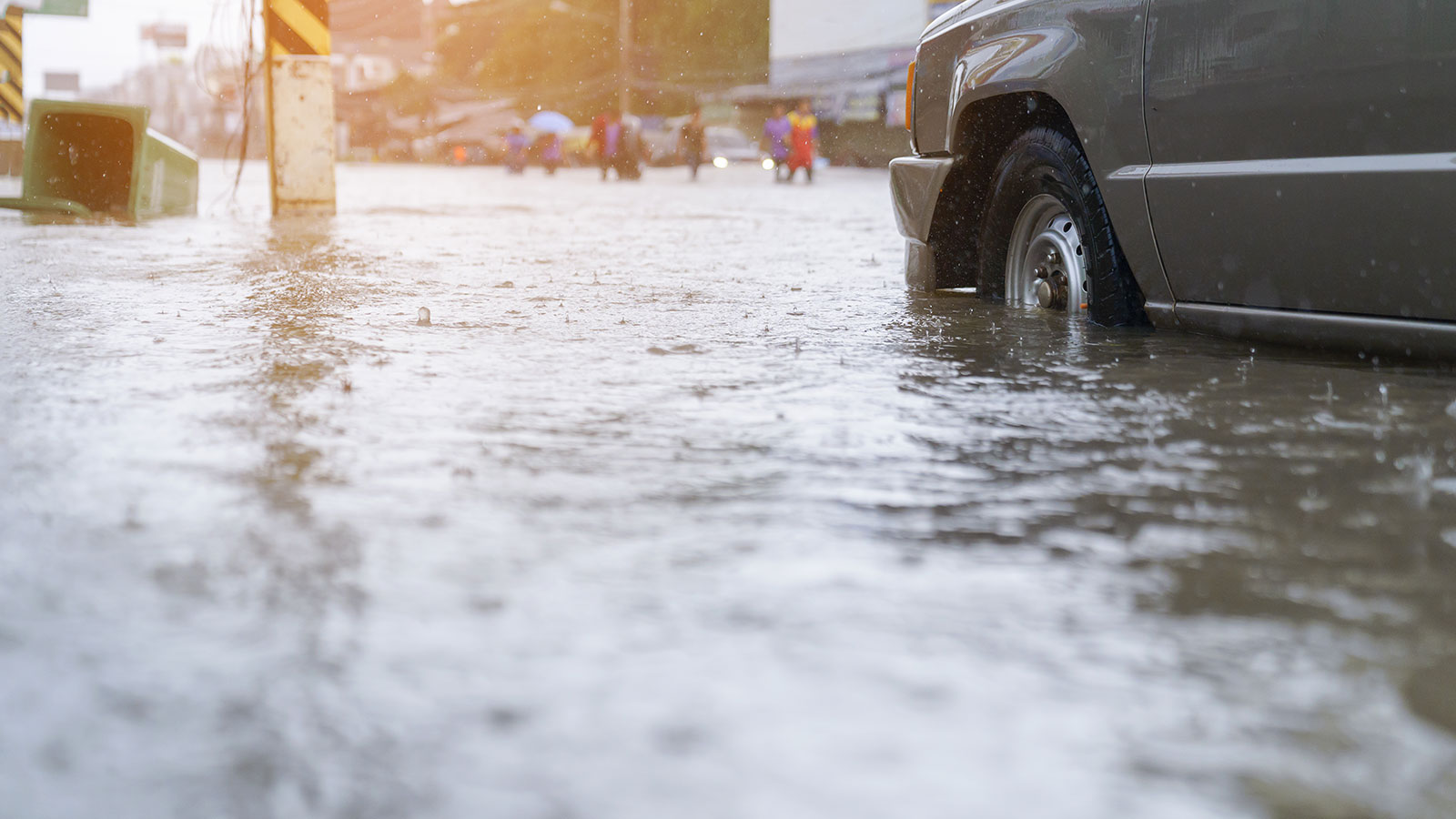
The floods of 2021 created havoc and devastating loss for many businesses, families, and farms across B.C. Although the flood forecast is much less severe this fall, an expected La Niña weather pattern will likely bring a lot of rain once again. We have compiled several resources available for businesses impacted by, or at risk […]

Every workplace has many hazards to be identified, assessed, and controlled. It is important to identify all hazards in the workplace and evaluate the risks associated with these hazards to lower the risk of injury and property damage.

Prolonged exposure to loud noises can cause hearing loss, and severe exposure to noise can cause pain and even nausea. Noise can also affect communications and interfere with both job performance and your safety. Hearing loss can be so gradual that it goes unnoticed, but with time, overexposure to loud noise causes permanent hearing loss. When […]

Heat stress is a common risk in the workplace during the warmer summer months and if not recognized and treated immediately, can lead to serious illness. By assessing work activities and implementing controls, employers can protect their workers. Heat-related illnesses happen when a person heats up faster than they can cool down. Symptoms range from […]
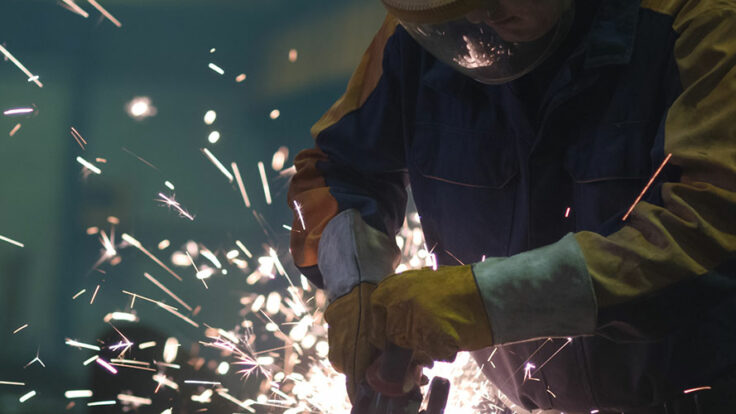
Workers involved in hot work—such as welding, cutting, soldering, and grinding—are at risk of injuries from sparks, fires, and flammable gas.
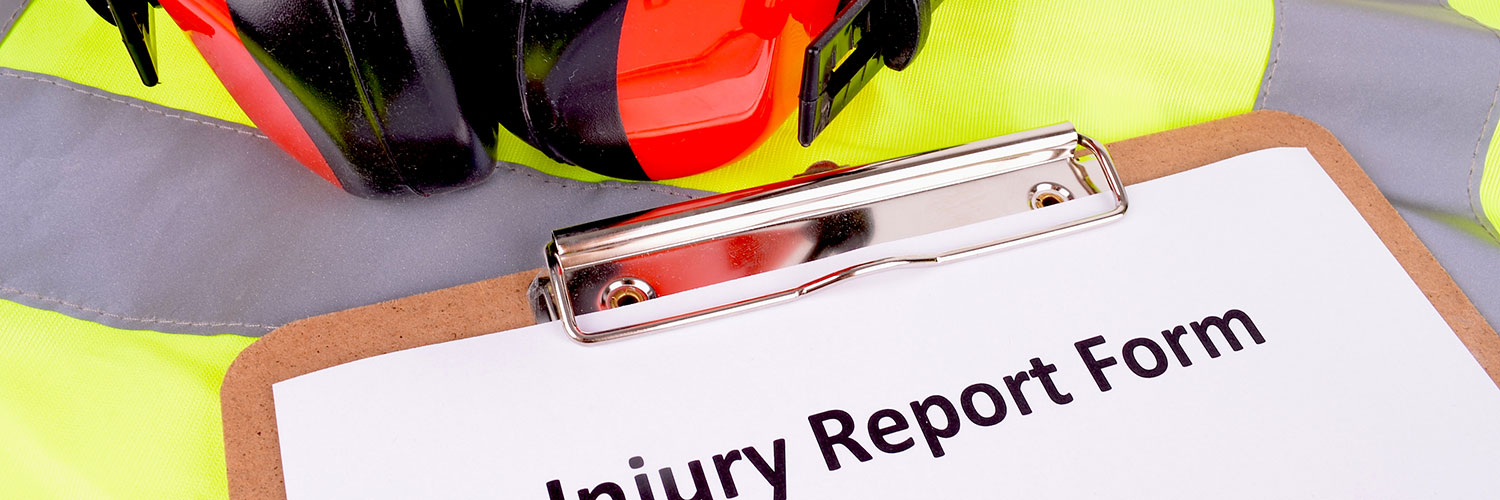
When an accident or death, or even a near-miss, occurs in the workplace, an incident investigation is triggered. This is a formal method required under the provincial OHS regulation and WorkSafeBC policies. It’s also a valuable tool your organization can use to learn from mistakes and make improvements in your health and safety controls.
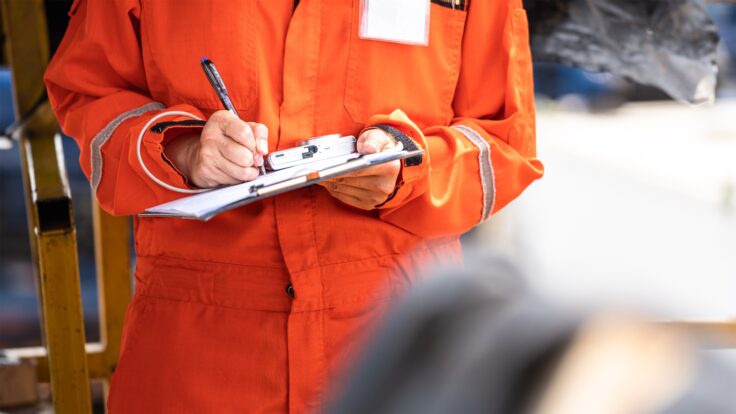
Employers are required to report and investigate all serious incidents and accidents in the workplace. You must report a serious injury or death of a worker to WorkSafeBC.
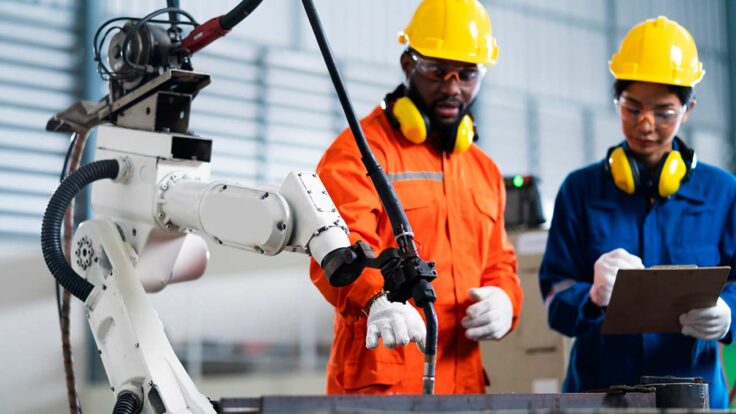
Anhydrous ammonia poses significant dangers: corrosive to skin, eyes, and lungs, and can cause severe burns, respiratory distress, and death.
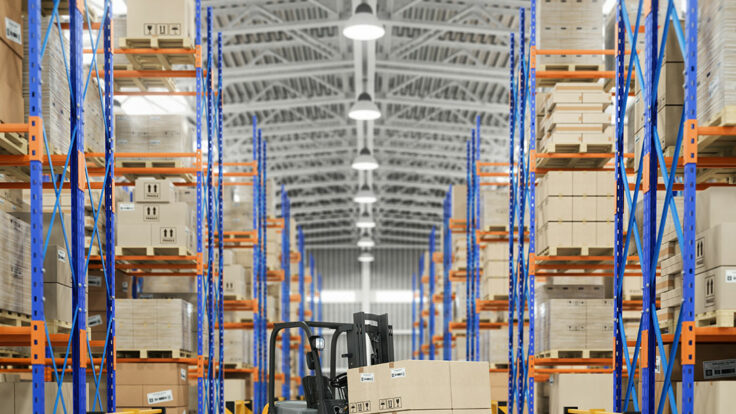
Storage racks are very common in industrial and manufacturing settings. Racks that are used to store materials have inherent risks and poor maintenance can result in serious injuries, and even death. Ensure your storage racks are designed, installed, used, and maintained properly. Understand what the hazards of racking are in your environment in order to […]
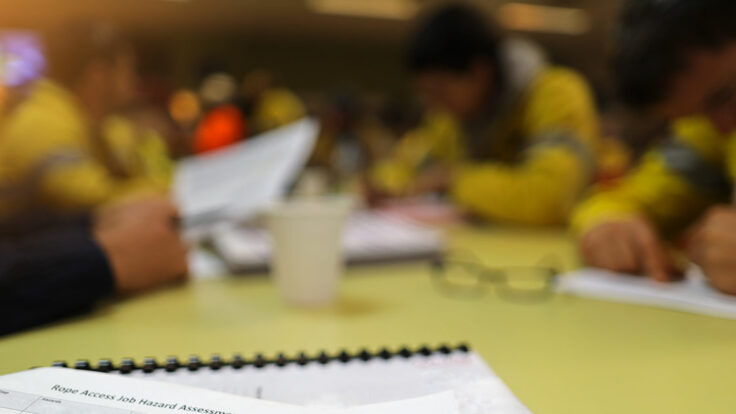
The Joint Health and Safety Committee (JHSC) supports the employer to create a safe and healthy workplace for everyone. The committee includes representatives from the employer and the workers – who come together to identify workplace health and safety issues and propose solutions. All workplaces with twenty (20) or more workers need a joint committee. […]

The employer/manager/owner of all businesses in BC – regardless of their size – is responsible for the leadership of the safety and health programs. This includes the effectiveness and improvement of your health and safety program. It also means, as a leader, you must provide the safeguards to ensure safe conditions for your workers. The […]
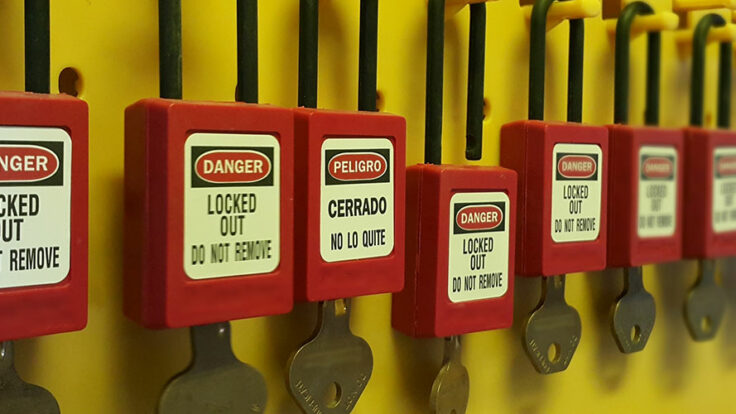
Manufacturing operations use equipment that may be powered by or contain hazardous energy sources such as electrical, mechanical, hydraulic, pneumatic, chemical, or thermal energy. During repair or maintenance processes an unexpected release of energy could injure or even kill a worker.
Every year in B.C., workers are significantly injured or even killed when machinery is not properly de-energized and locked out.
Learn to identify when lockout/tagout is required, what are the associated risks, and what preventative measures can be put into place to promote a safe workplace.
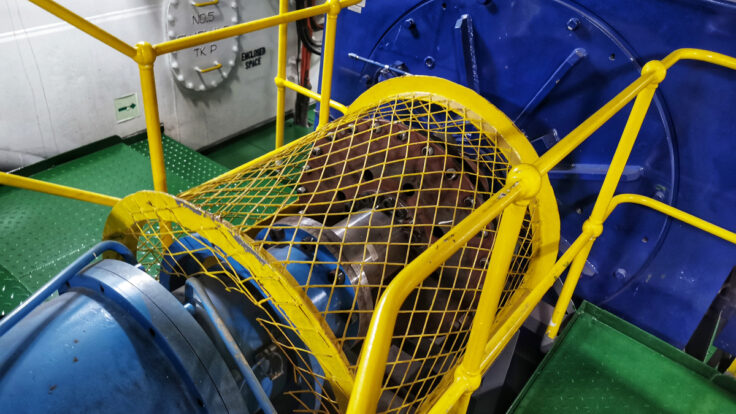
All machines and equipment come with some levels of hazard. Machine safeguarding protects workers from the hazards created by the machine during regular operations.
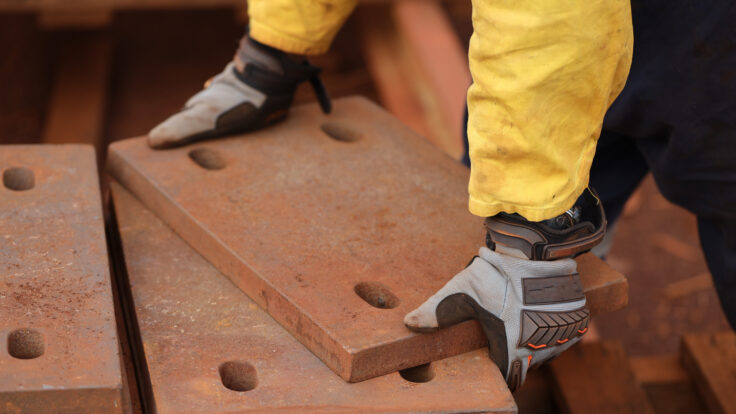
One of the most common cause of occupational fatigue and lower back injury is manual material handling: lifting, lowering, pushing, pulling, carrying, holding, or restraining materials by hand.
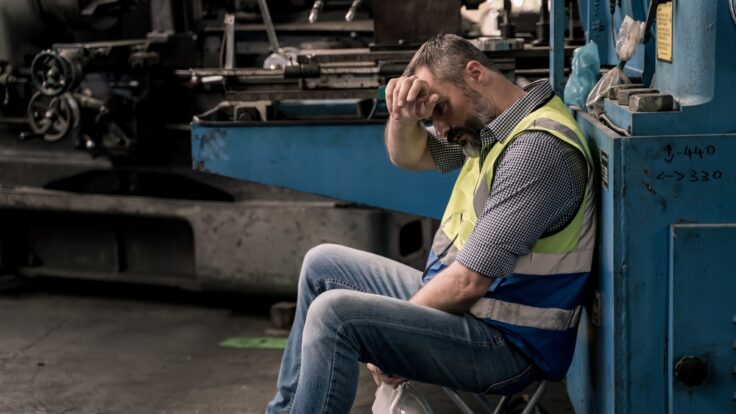
The demand for workplace mental health programs, supports, and resources is greater than ever. It’s time to stop thinking of mental health as a taboo topic and remove the stigma of shame and fear around mental illness. The workplace can be an essential factor to maintain positive mental health – but it can also be […]
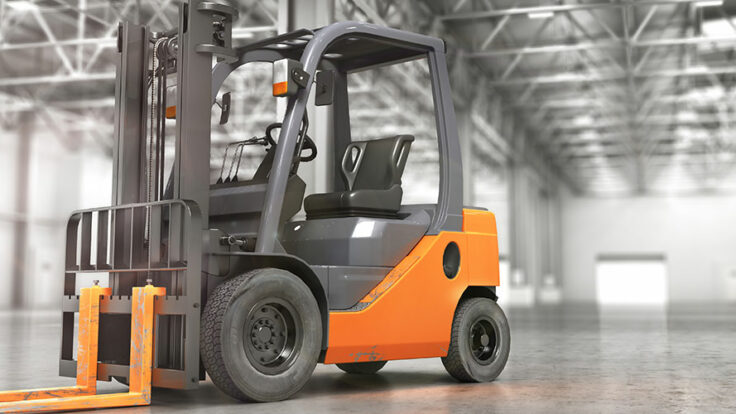
The B.C. Occupational Health and Safety Regulation defines mobile equipment as a “wheeled or tracked vehicle which is engine or motor powered, together with attached or towed equipment, but not a vehicle operated on fixed rails or tracks”. In manufacturing, one of the most common types of mobile equipment is the forklift. A mobile equipment […]
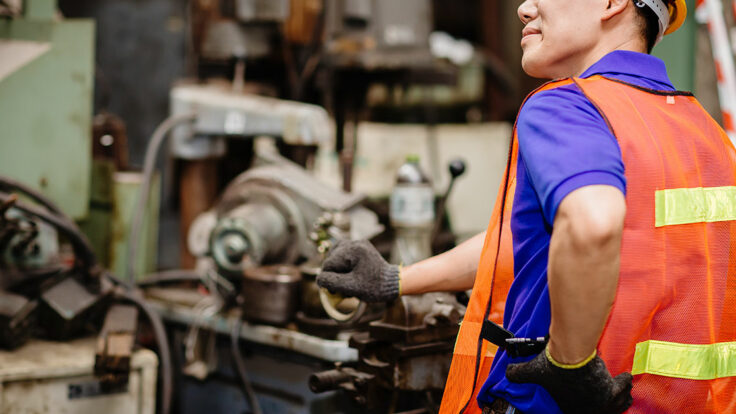
An MSI (Musculoskeletal Injury) is an injury or disorder of the muscles, tendons, ligaments, joints, nerves, blood vessels or related soft tissue including a sprain, strain and inflammation, that may be caused or aggravated by work. MSIs, including strains and back strains, took up around 69% of the top five injury claims in BC in […]
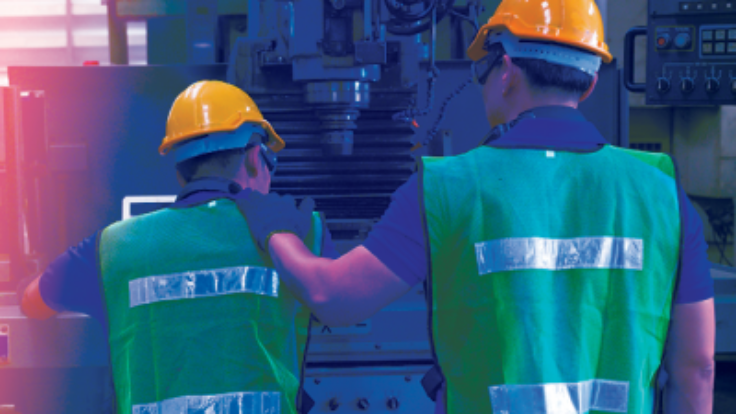
OSSE is BC’s solution for manufacturers seeking a comprehensive health and safety management system. It is the Certificate of Recognition (COR) certification program for BC manufacturers and food processors. In cooperation with WorkSafeBC, the Manufacturing Safety Alliance of BC is able to help companies earn significant financial rewards by achieving OSSE certification. The OSSE Accreditation […]
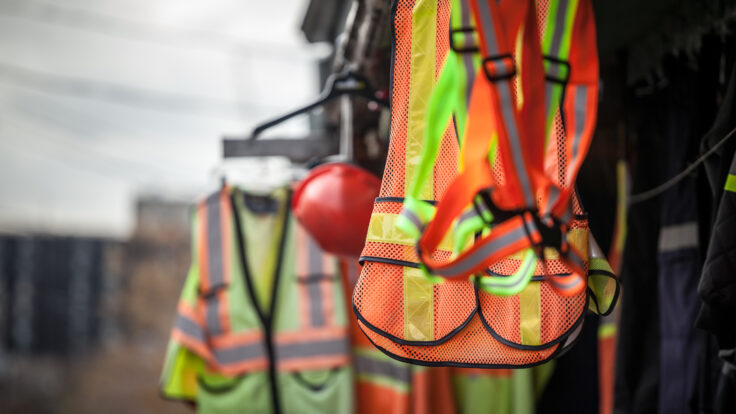
Personal protective equipment (PPE) is the gear that your workers need to help protect them from specific hazards in your workplace. PPE can include hard hats, safety glasses, respiratory protection, hearing protection, fall protection, gloves, safety glasses, and safety boots. If you have reviewed the risks in your workplace and determined that other measures may […]

THIS MONTH
In manufacturing, many serious injuries are the result of handheld power tools.

If your company uses toxic gases are for refrigeration (i.e. ammonia) or for the treatment of materials like disinfection (i.e. ozone), then an exposure control program is required to minimize worker exposure. Business operations which involved complex process and handle hazardous materials, it’s critical to develop a process safety plan as part of your health […]

Learn more about the types of respiratory hazards present in manufacturing and food processing—and what to do about them.

If one of your employees is injured on the job, they may require a return-to-work program when they are ready to return to the job. As a small business, you may have more challenges to find suitable and available work to offer. Return-tor-work programs are designed with the idea that many employees can safely perform […]

Rigging hardware can fail under excessive loads if improperly rigged and secured. Loads may become off balance or fall—and risk of injury is probable. The results can even be catastrophic. To rig a load, you must be a qualified worker or work under the direction of a qualified worker. Qualified workers understand the job, the […]
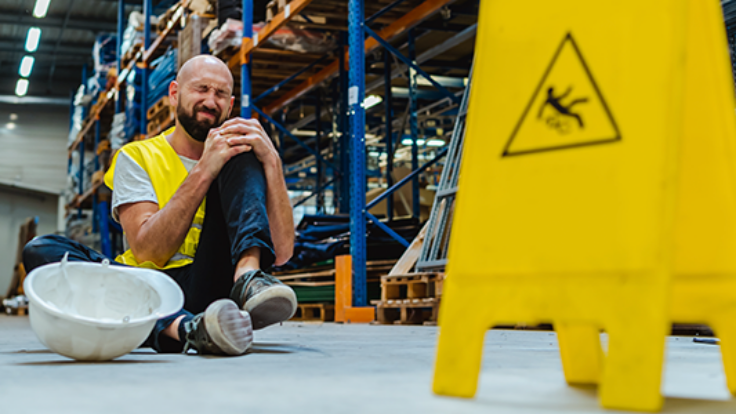
Slips, trips, and falls pose significant hazards, leading to injuries such as fractures, sprains, and head trauma, often resulting in long-term consequences.
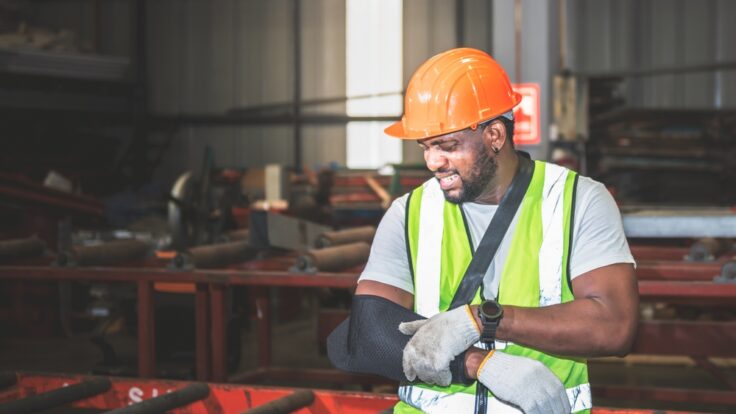
Sprains and strains are some of the most common—and preventable—workplace injuries experienced by workers in the food processing and manufacturing industries.
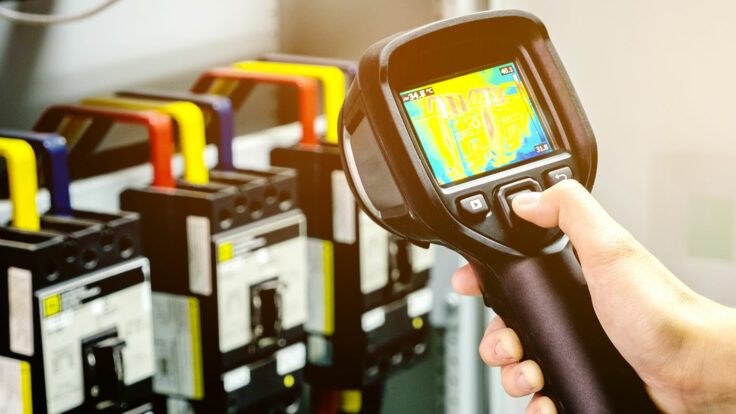
Working around any machinery or live electrical work is inherently dangerous. Thermal imaging technologies can uncover impending failures or dangerous situations that left unchecked, could lead to lost production or serious injury. Thermal imagers measure the infrared energy emitted by surfaces. Thermal imaging can be used in preventative maintenance to inspect equipment, monitor production, and […]
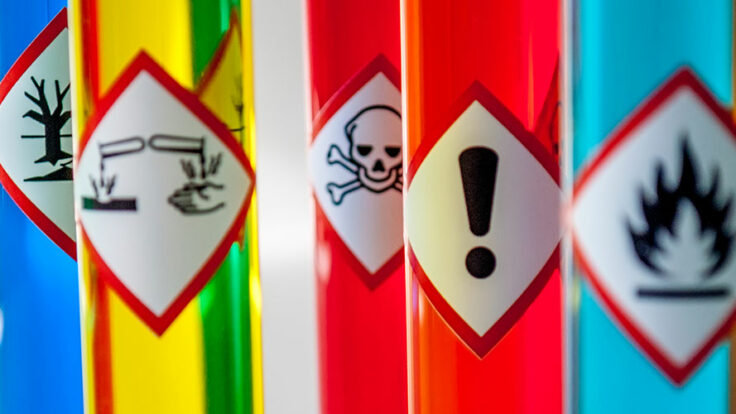
Workplaces that have hazardous materials, such as chemicals, must comply with regulations regarding WHMIS (workplace hazardous materials information system) to ensure the safe use, handling, storage and disposal of these materials in the workplace. This program should include: Inventory of hazardous materials Safety Data Sheets for all hazardous materials Hazard identification/risk assessment Adequate safe work […]

In addition to their potential to destroy wildlife habitat, forests, and watersheds, wildfires can level community infrastructure, homes, and business properties and damage cultural and economic resources. They can increase the potential for flooding, debris flows, and landslides—and wildfire smoke can also cause significant health problems. Here, we have compiled resources for businesses impacted by, or at risk from, wildfires.
Plan now to help protect your people—and your business—from the destructive impact of wildfires.
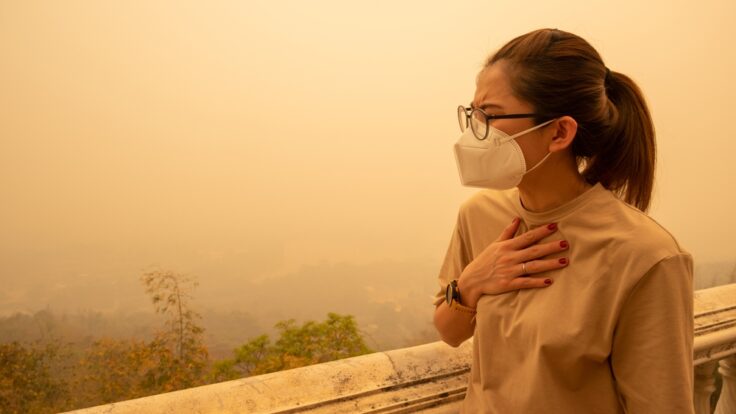
Smoke from wildfire and wildfire cleanup contains chemicals, gases, and fine particles that can harm human health. These hazards can continue even after fires are under control. Fine particles in the air can reduce lung function and cause coughing, wheezing, and difficulty breathing. Most symptoms are short-lived in otherwise healthy people but can be a […]

The Workers Compensation Act requires workplaces with more than 9 workers and less than 20 workers to have a worker health and safety representative elected from those workers who do not “exercise managerial functions” at that workplace.
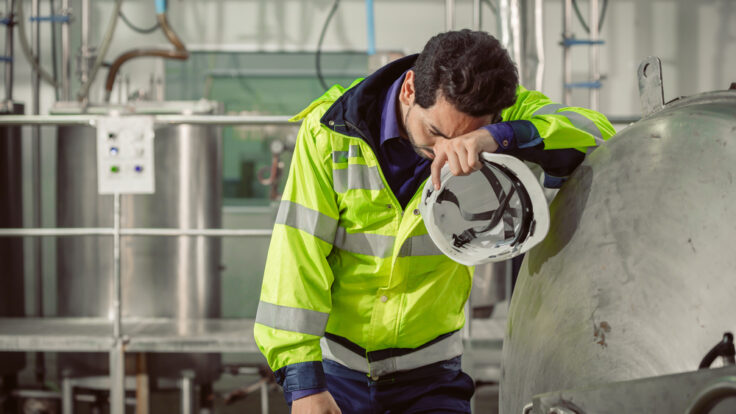
Fatigue is a contributing factor in 13% of workplace injuries. It affects nearly everyone, and shift work increases the risk.

Effective inspections are one of the most important incident/accident prevention tools in a company’s safety and health program. Properly trained inspectors in a systematic inspection program will help reduce incidents and property damage. Workplace inspections help prevent accidents, injuries, and illness. By critically examining your workplace, a workplace inspection can help identify hazards that need corrective action. Your […]

Supporting employee well-being is crucial to building a healthy workplace environment. From physical well-being to stress management and mental resilience, strong and healthy employees are happier, more productive, and better able to support their colleagues and teams.
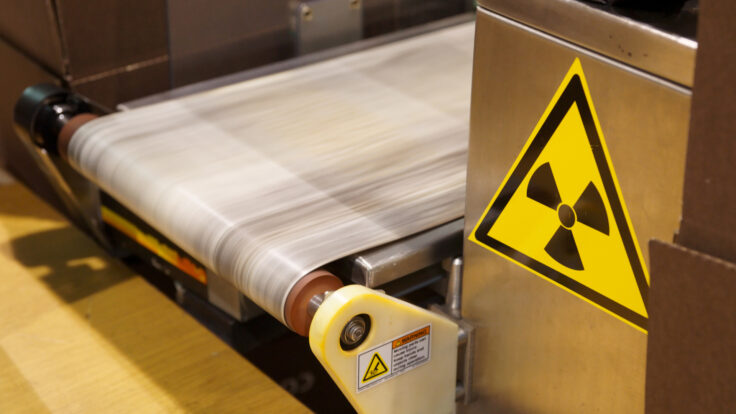
Any workplace that has a radiation source on-site must develop a radiation protection program to ensure the health and safety of workers and others. X-ray equipment is usually well shielded, controlled, and safe. But the risk with x-ray equipment typically increases over time, as equipment ages and is potentially resold in the secondary equipment market […]
About MSABC
Board & Governance
Contact Us

